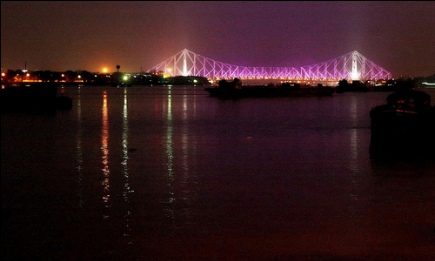Closing the skills gap in India

“The challenge facing India’s higher education is far reaching.India has excellent universities, and their alumni are assured ofsecuring work both domestically or abroad. But this is just the tipof the iceberg. A large part of the university programs do notcater to the needs of the business community, as the content is notsufficiently relevant or because of out-dated teaching methods thatdo not teach the right skills. Many university graduates do notfind suitable work and have to accept work that is considerablybeneath their capabilities. This is not only disastrous for thegraduates themselves, but also for the Indian economy. After all,the education level of the working population is an importantcondition for the further development of the economy.
Gap between demand and supply
It must be considered here that the number of young people inIndia who follow the complete school path of primary, secondary anduniversity education is very limited and that something along thelines of an upper secondary and higher vocational education hardlyexists in India at all. Furthermore, the number of children thatcomplete primary education differs considerably from state tostate, and this is even more so for secondary education. Moreover,the question begs to be asked to what extent the children whocompleted primary school actually received education, even here thedifferences are great. The potential of the student issignificantly under-utilized, whereby a quality as well as aquantitative gap exists between demand and supply.
Thus, measures are needed to encourage children to attendprimary and secondary school and to ensure a good quality ofeducation. In addition to this, it is necessary to
More flexibility needed
The Indian government is aware of the gap between demand andsupply on the labour market. But at the same time the content ofthe university education is to a large extent determined centrally,which means the flexibility to actually meet the demand is limited.Private universities (whether or not recognized as such) cater tothis situation. They often run practical programs at an uppersecondary, higher vocational or, as the case may be, academiclevel. As with many emerging economies, ‘distance education’ isalso popular, often in combination with local lessons and practicaleducation. This form of education has really taken hold in India.Private education institutions offer significantly moreprofessional programs than the government.
The Indian government should, in particular, concentrate ondecentralising higher education and allow more flexibility. Thiswould also reduce the complexity of the governance and thenecessary transformation process. The government should fulfil amore enhanced role as quality monitor without wanting to exactlyprescribe what has to be taught.”
Prof. dr. Frits van Merode, former scientific director ofMaastricht University India Institute, Professor of Logistics andOperations Management in Health Care and Dean of Sciences,Maastricht University
Meest Gelezen
Vrouwen houden universiteit draaiende, maar krijgen daarvoor geen waardering
Wederom intimidatie van journalisten door universiteit, nu in Delft
Hbo-docent wil wel rolmodel zijn, maar niet eigen moreel kompas opdringen
‘Burgerschapsonderwijs moet ook verplicht worden in hbo en wo’
Raad van State: laat taaltoets nog niet gelden voor hbo-opleidingen

